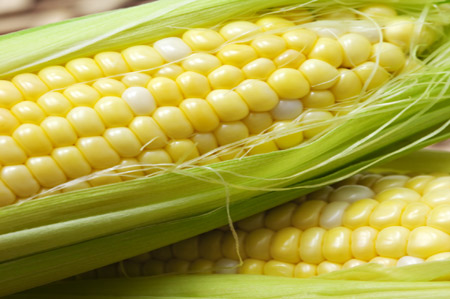 (Agriculture.com) – Analysts expect federal forecasters on Thursday to cut their forecast for corn supplies next summer.
(Agriculture.com) – Analysts expect federal forecasters on Thursday to cut their forecast for corn supplies next summer.
The U.S. Department of Agriculture at noon EDT (1600 GMT) on Thursday will update its monthly estimates for the supply and demand of such major agricultural commodities as corn, soybeans and wheat.
The USDA estimates could cause price swings in futures markets if they differ substantially from analysts’ expectations. The agency’s forecasts for crops to be harvested this year–and for stockpile levels the following summer–will be watched especially closely because last year’s historic U.S. drought withered crops across the Midwest and cut into available supplies. That has led to historically tight corn and soybean stockpiles since last fall’s harvests.
Traders also said this month’s USDA report may provide just a temporary diversion for traders who are now extremely focused on weather forecasts, since healthy crop development depends strongly on favorable rain and temperature conditions during the summer. Unless the report contains major surprises, traders may quickly return to trading on weather forecasts after the USDA issues its estimates, analysts said.
“You’re not going to see much in this thing that’s going to make people stop and think,” said Jim Gerlach, president of advisory and brokerage firm A.C. Trading in Fowler, Ind.
Still, traders will want to see whether the USDA changes its forecasts for crop yields or demand for corn that is exported or fed to animals.
Growing conditions have mostly been favorable for the U.S. corn crop so far this year, and the USDA last month estimated that U.S. farmers this year would plant 97.38 million acres with corn, the most since 1936. But the USDA last month also lowered its estimate of how much corn would be harvested for grain by about 365,000 acres, to 89.14 million acres.
The expectation of lower harvested acreage, which could result from poor crop health or other causes, has led analysts to tighten their predictions for corn supplies after the next harvest.
Analysts expect the USDA to project that corn stocks as of Aug. 31, 2014–the end of the marketing year that will begin with this fall’s harvest–will total 1.874 billion bushels, below the USDA’s forecast last month of 1.949 billion bushels, according to the average forecast in a survey by Dow Jones Newswires.
The tighter expected supplies are also due to the USDA last month reporting that U.S. corn stockpiles as of June 1 were tighter than analysts had believed.
This year’s harvest is still expected to be large enough to replenish supplies depleted by last year’s drought. Analysts on average expect the USDA to project that corn stocks at the end of the current marketing year will total 722 million bushels, below the USDA’s forecast last month of 769 million bushels.
Traders will also watch to see if the USDA changes its forecast for soybean yields. Recent weather conditions have mostly been favorable, but rainy weather delayed planting in some areas, and crops that were planted too late may have little output potential.




